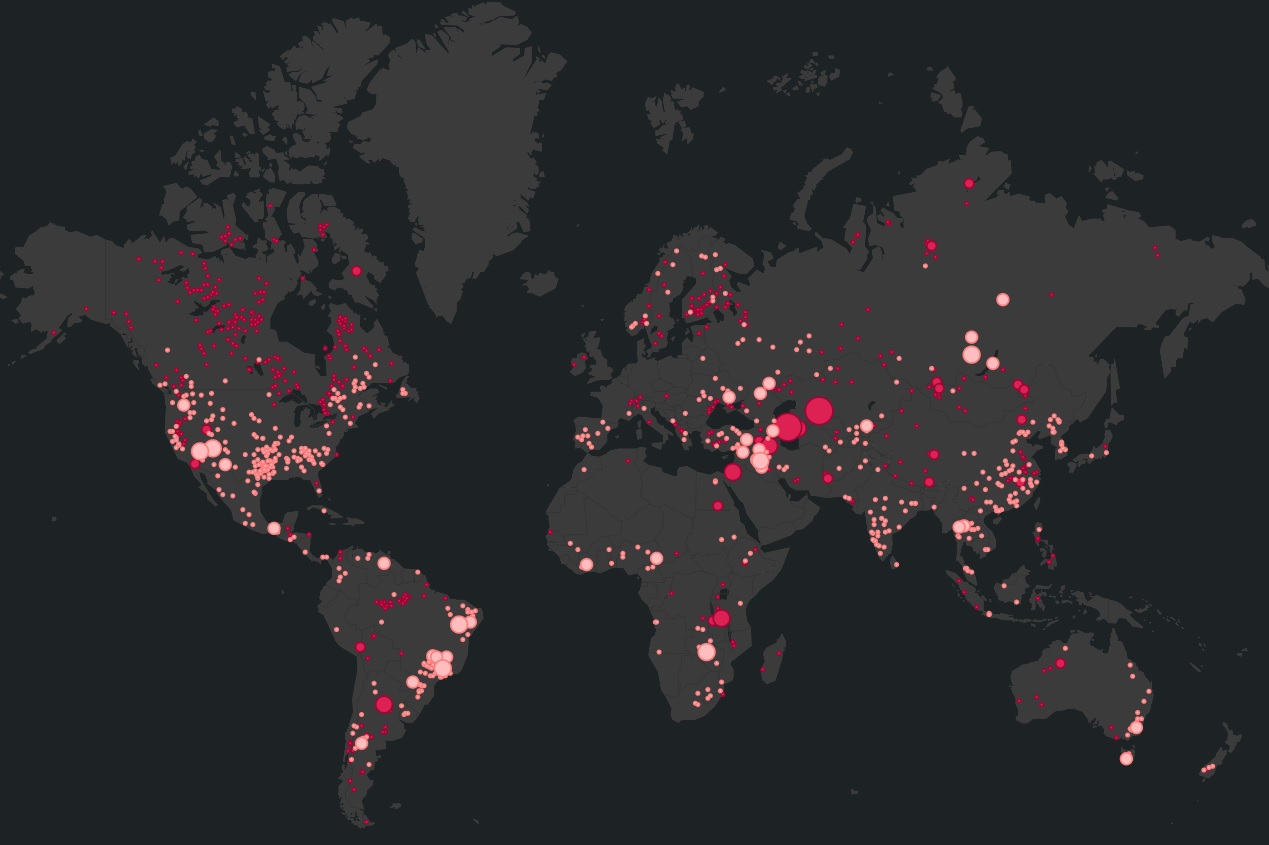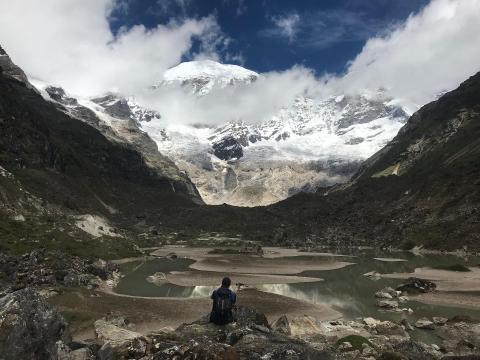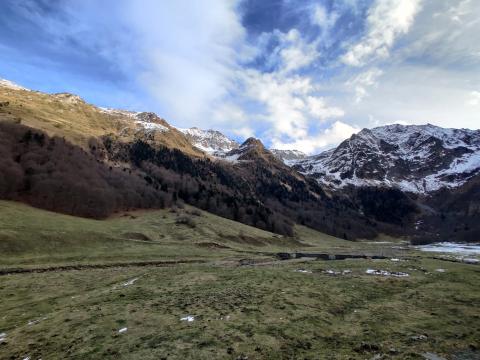Reaction: more than half of the world's great lakes have lost water in the last three decades
Fifty-three per cent of the world's largest lakes and reservoirs have lost water between 1992 and 2020, according to a study combining satellite observations, climate data and hydrological models. These results suggest a global trend towards more extensive desiccation than previously thought, in both arid and humid areas, the research team says in the journal Science. The authors also share an online map that includes trends for large freshwater reservoirs in Spain, such as the Iznájar (Córdoba), Mequinenza (Zaragoza) and Valdecañas (Cáceres) reservoirs.

The red and orange dots show lakes and reservoirs that have lost water (respectively). Source: Yao et al., Science (2023).
Ernesto Rodríguez - lagos EN
Ernesto Rodríguez Camino
Senior State Meteorologist and president of Spanish Meteorological Association
This research, based on nearly three decades of mainly satellite observation, estimates the current volume and trend of water contained in the world's 1972 largest liquid freshwater bodies, which include both natural lakes and man-made reservoirs. The fact that these freshwater bodies store 87% of the Earth's available liquid freshwater and that their basins are home to up to 2 billion people makes it clear how important it is to assess trends in the volume of stored water.
The work studies the largest water bodies individually and also aggregates the information in arid and humid areas to verify the different behaviour and trends of both, concluding that more than half of the freshwater bodies are losing water. For each natural lake, the attribution of the decrease (or growth) in water volume due to: i) temperature and evaporation potential; ii) precipitation and runoff; and iii) human activities is also analysed. The largest reservoirs in Spain, as concluded from this work, show a majority tendency to lose water volume in the observation period considered.
Although the authors confirm the well-known pattern that arid areas tend to lose water volume, this work also shows a very generalised reduction in water volume also in the humid tropics and at high latitudes, contrary to previous work by other authors. While the majority of water bodies show a tendency to reduce water storage, there are 24% of water bodies that tend to increase water volume, mainly caused by changes in precipitation and runoff patterns. These bodies are mainly located in the Tibetan Inner Plateau, the Great Plains of northern North America and the Great Rift Valley in Africa.
All in all, this is a comprehensive study based on a series of satellite observations that is longer than any other study to date. In addition, by cross-referencing satellite altimetry data with hydroclimatic and water consumption information - and this is a great value of the work - the attribution of trends in water storage to the various causes of water storage is included in this work, and this attribution exercise is particularly useful for water resource management.
In the case of natural lakes, the causes are mainly due to climate change - which translates into temperature change and associated potential evaporation and precipitation and runoff change - and unsustainable human activities. In the case of reservoirs, the main cause of trends is sedimentation and, to a lesser extent, those associated with climate change. Studies such as this one, which show us the impact of climate change - in concurrence with other factors - on water resources, are essential to address the necessary climate change adaptation tasks in this sector, which is so relevant for all regions of the world..
Fangfang Yao et al.
- Research article
- Peer reviewed
- Modelling



